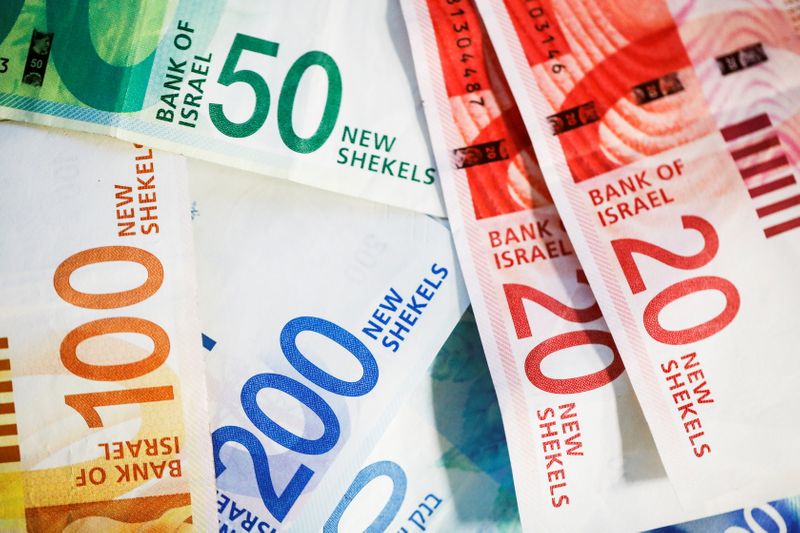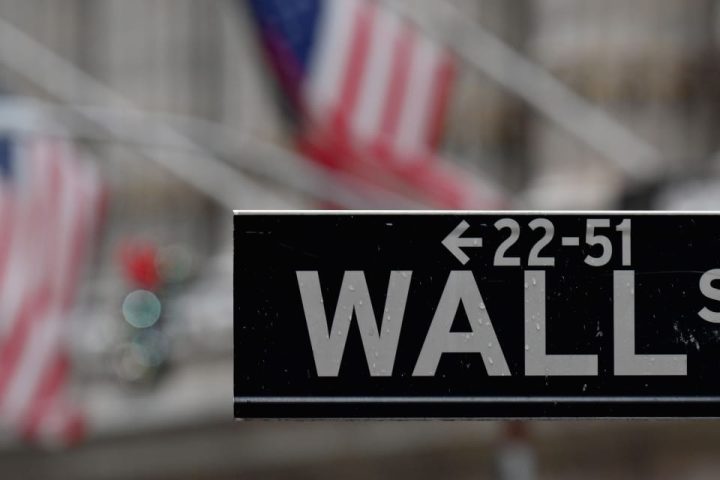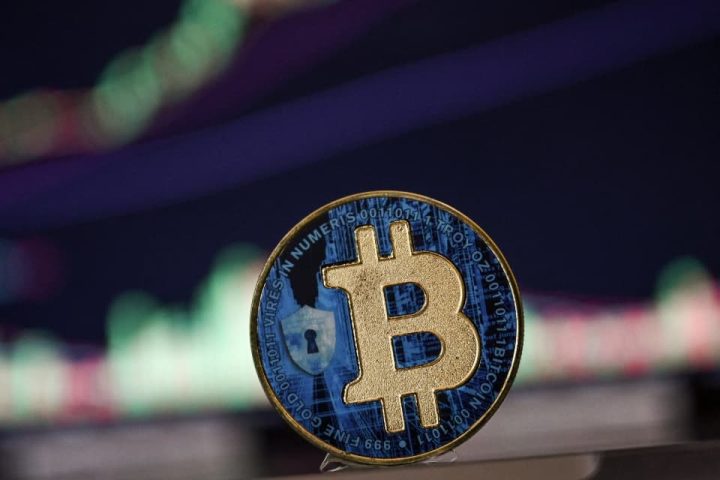On Tuesday, amid the escalating Arab-Israeli conflict sparked by a Hamas assault on Israel, the Bank of Israel initiated measures to stabilize the shekel and prevent its further depreciation. Following the massacre in southern Israel on October 7, the bank has put into motion a plan to sell up to $30 billion from its foreign currency reserves to support the shekel, which is nearing NIS 4/$ due to depreciation.
Golan Benita, head of the Bank of Israel’s Markets Department, stated that this intervention seeks to mitigate the effects of the security crisis and prevent market overreactions. While acknowledging that the impact on markets has been sharp due to the “beginning of the event,” he emphasized that it has not reached extreme levels. The bank is continuously assessing the security situation and its potential impacts on markets with an aim to prevent market overreactions.
In a G30 group speech, Governor Amir Yaron highlighted the bank’s focus on market stability against inflationary risks due to shekel depreciation. Deputy Governor Andrew Abir outlined their foreign exchange sale program during a meeting with financial forecasters, which has effectively stabilized various markets.
To alleviate financial burdens, the bank introduced a comprehensive plan for interest-free and fee-free loan repayment deferment for all, especially those adversely affected, relieving the “interest weight.” The bank remains vigilant and flexible, deploying appropriate policy tools in response to unprecedented security conditions.
Meanwhile, the Palestinian banking sector now faces instability risks due to the conflict. Once deemed stable by IMF, banks are grappling with liquidity management issues primarily from excess physical shekel cash holdings caused by Israeli restrictions on West Bank cash transfers. Despite asset quality deterioration, banks have maintained ample capital (16.4% of risk-weighted assets) and exceeded pre-Covid-19 profitability by mid-2023. Liquidity stood at 40.3% and non-performing loans at 4.1%. The sector, comprising seven local and six foreign lenders, operates against a backdrop of declining real GDP growth with the economy expected to converge at 2% over the medium term.
This article was generated with the support of AI and reviewed by an editor. For more information see our T&C.
Read the full article here







